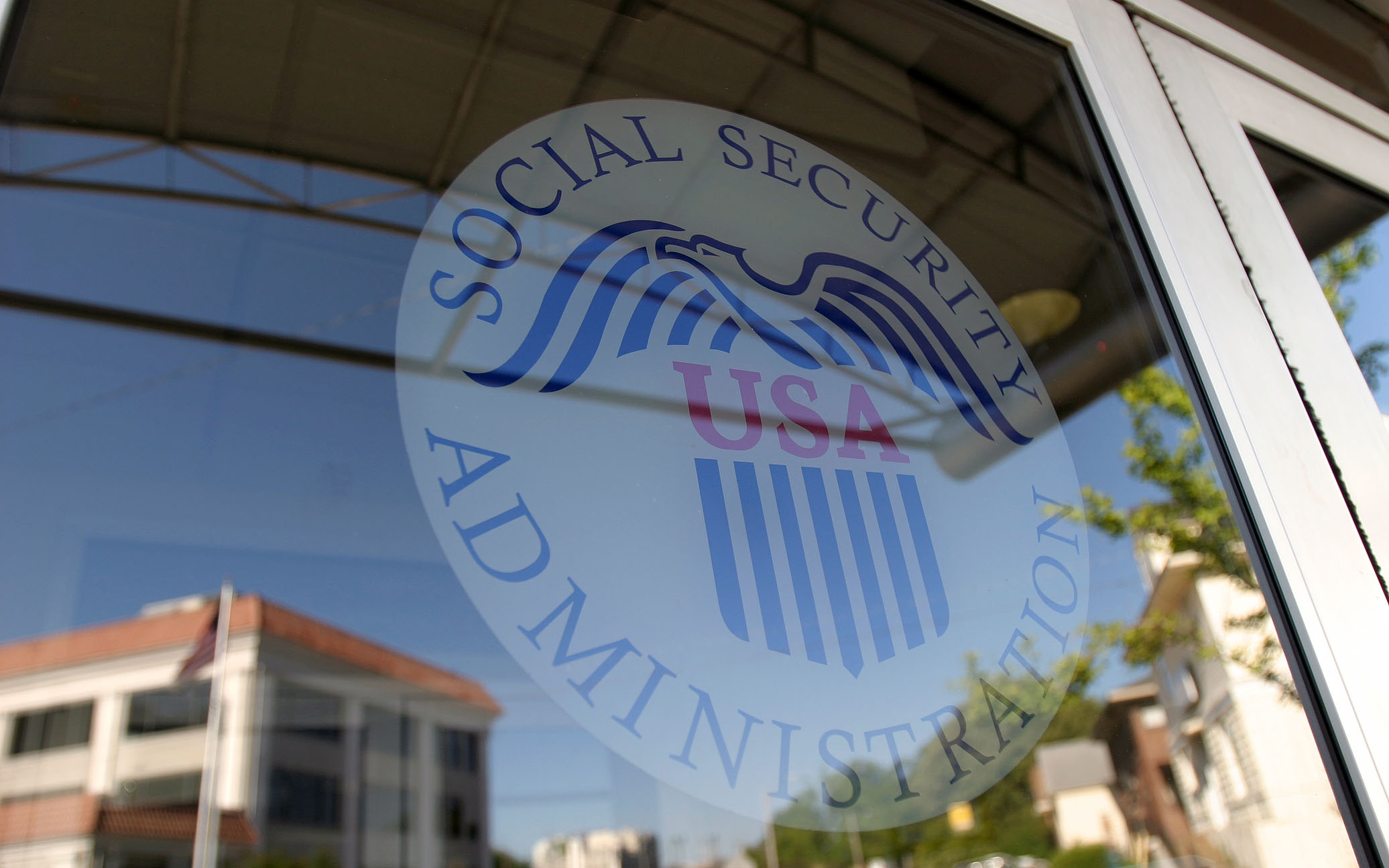
Published: 2023/10/14
Author: Usman Afzal Contact: Contact details
Peer Reviewed: N/A – Post type: Informative
Related Posts: Latest – Complete list
In this page: Summary – Main article
Synopsis: This article delves into the profound symbolism and meaning of the White Cane, a tool used by visually impaired people to navigate the world. The article also seeks to reveal the essence of the White Cane by exploring its symbolism, historical evolution and its multifaceted meaning in the context of visual impairment. Additionally, the article examines the challenges faced by visually impaired people in developing countries, with a focus on Pakistan, and covers issues related to accessibility and social behavior.
advertisement
Main summary
This article delves into the profound symbolism and meaning of the White Cane, a tool used by visually impaired people to navigate the world. Traces the historical origins of the White Cane, its various forms and its role as a symbol of identity, dignity and independence for people with visual impairments. Additionally, the article examines the challenges faced by visually impaired people in developing countries, with a focus on Pakistan, and covers issues related to accessibility and social behavior. A holistic approach is proposed, emphasizing the need for improvements in infrastructure and a change in social attitudes to promote the inclusion and autonomy of people with visual impairments.
Introduction:
The White Cane, a seemingly simple but deeply transformative tool, occupies a unique place in the lives of visually impaired people. This article seeks to reveal the essence of the White Cane by exploring its symbolism, historical evolution and its multifaceted significance in the context of visual impairment, particularly in developing countries like Pakistan. Through this exploration, we aim to shed light on the challenges faced by visually impaired people, both in terms of physical accessibility and social attitudes, while advocating for a comprehensive approach to addressing these issues.
Symbolism and historical evolution:
The White Cane, originally conceived by James Biggs in post-World War II England, emerged as a symbol of visibility and resilience. Biggs, who was facing blindness due to a tragic accident, painted his cane white to affirm his presence in the midst of darkness. This act of bravery led to the invention of the white cane, sparking hope in the visually impaired community. “White Cane Security Day”, celebrated annually on October 15, commemorates the role of the White Cane in promoting security and independence.
The White Cane exists in several forms, each adapted to specific needs. The long staff serves as a versatile mobility tool, while the symbol staff signifies partial vision and unique circumstances. The support stick provides balance and stability, and the guide stick offers comprehensive protection. Despite their differences, all of these forms share a common essence that transcends their physical appearance, representing resilience, independence, and an unbreakable spirit.
Importance and autonomy:
Beyond its physical usefulness as a navigation tool, the white cane symbolizes identity, dignity and independence for people with visual impairments. In educational institutions, it allows visually impaired students to acquire knowledge independently, while in the workplace it closes the gap between opportunities and autonomy, allowing active participation in the world of work.
This new autonomy facilitated by the White Cane instills confidence, breaking the cycle of dependence on others for daily tasks. Affirms the dignity of visually impaired people, proclaiming their capacity, freedom and equality. Therefore, the White Staff is not simply an instrument of navigation but a herald of liberation.
Challenges in developing countries:
In the context of developing countries like Pakistan, the challenges faced by visually impaired people extend to a complex web of obstacles spanning issues of accessibility and social behavior. Uneven and poorly maintained trails pose physical threats, compounded by obstacles such as billboards and commercial stands. These factors impede safe navigation and undermine independence.
Furthermore, within the confines of their homes, visually impaired people are often discouraged from using white canes due to misguided social sentiments. This reluctance perpetuates dependency and hinders your ability to lead a fully autonomous life.
Similarly, in many developing countries there is often a lack of awareness and sensitivity about disabilities, leading to discrimination and stigmatization of visually impaired people. This can affect your confidence and willingness to use mobility aids such as white canes.
Similarly, training programs and rehabilitation services for visually impaired people may be limited or not adapted to local conditions and needs, hindering their ability to acquire the skills necessary for independent navigation.
Proposed solutions:
Addressing these multifaceted challenges requires a holistic approach. Improving physical infrastructure to improve accessibility is crucial, but must be complemented by a change in societal attitudes. Initiatives that promote awareness, empathy and education are essential to foster an inclusive environment where people with visual impairments can assert their rights to independence and dignity.
Improving infrastructure is a fundamental step in creating an inclusive society. Governments and local authorities should prioritize the creation and maintenance of accessible trails and public spaces. This involves the removal of physical barriers that hinder the mobility of visually impaired people, including the removal of advertising signs and stalls that obstruct sidewalks.
Education and awareness programs are essential to changing public perceptions and behaviors. Comprehensive awareness campaigns should be launched to educate the public about the importance of the White Cane and the daily challenges faced by visually impaired people. These campaigns should emphasize empathy, understanding and respect for their independence.
Supportive policies are crucial to ensure the protection of the rights of people with visual impairments. Governments must enact and rigorously implement policies that ensure equal access to education, employment and public services. This includes providing reasonable accommodations in workplaces and educational institutions, fostering an environment where people can thrive based on their abilities.
Community participation plays a vital role in fostering inclusion at the grassroots level. Local communities can become champions of inclusion by initiating programs that encourage social interaction and provide support to people with visual impairments. By creating spaces where everyone feels valued and included, communities can significantly contribute to breaking down barriers and promoting a sense of belonging for all.
Conclusion:
The White Cane, a symbol of hope, resilience and human potential, serves as a catalyst for change. It reminds society of the value and potential inherent in every individual, regardless of his or her abilities or challenges. By recognizing the importance of the White Cane and embracing inclusion, we can weave a future where autonomy and dignity are fundamental rights woven into the fabric of our society. By implementing infrastructure improvements and changing social attitudes, we can make this vision a reality, not just in developing countries like Pakistan but around the world.
Biography
Usman Afzal is a visually impaired teacher and writer. He works at a local special education center for “visually impaired children” where he helps his students reach their full potential and overcome their challenges. Additionally, he is a member of the Pakistan Blind Sports Federation, an organization that develops and promotes sports, education and rehabilitation among the visually impaired. As a translator-transcriptionist from Urdu to English, he clearly communicates ideas to stakeholders, sponsors and parties involved in the organization’s activities.
References:
“Everything you need to know about white canes”. Lighthouse Guild, October 13, 2021, https://lhblind.org
https://www.njcounciloftheblind.org/brochures/history_of_white_cane.htm
https://sightscotland.org.uk/articles/information-and-advice/types-mobility-canes-vision-impairment
Share this information with:
𝕏.com Facebook Reddit
advertisement
Disabled World is an independent disability community founded in 2004 to provide disability news and information to disabled people, older people, their families and/or carers. Visit our homepage for informative reviews, exclusive stories, and how-tos. You can connect with us on social media like X.com and ours Facebook page. Permanent link: The symbolism and meaning of the white cane Cite this page (APA): Usman Afzal. (2023, October 14). The symbolism and meaning of the white cane. Disabled world. Retrieved October 14, 2023 from www.disabled-world.com/disability/awareness/white-cane.php Disabled World provides general information only. The materials presented are never intended to be a substitute for qualified professional medical care, nor should they be construed as such. Funding is derived from advertisements or referral programs. Any third party offers or advertisements do not constitute an endorsement.Information, quotes and disclaimer






